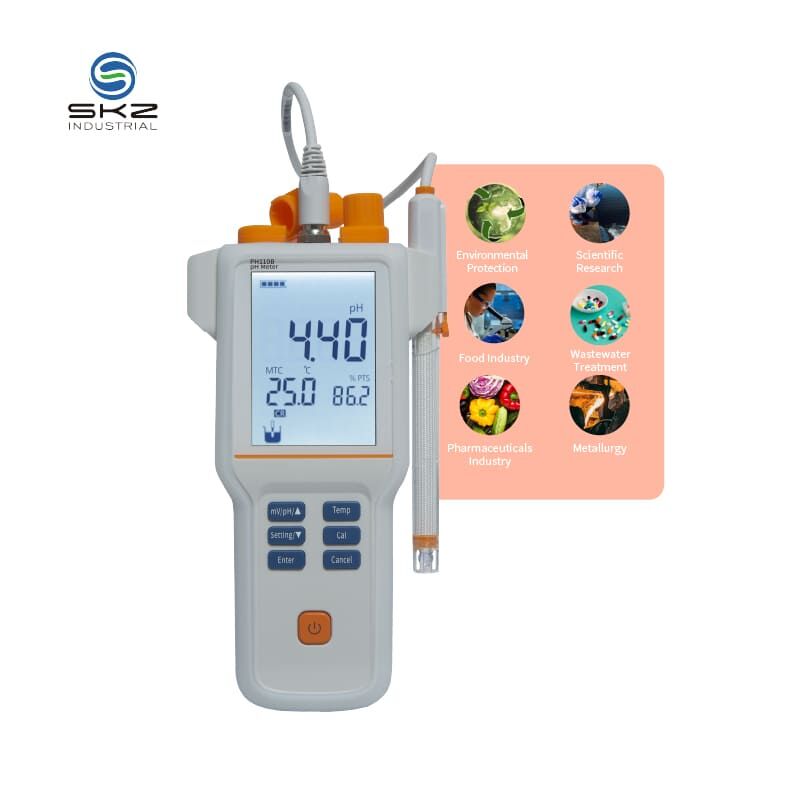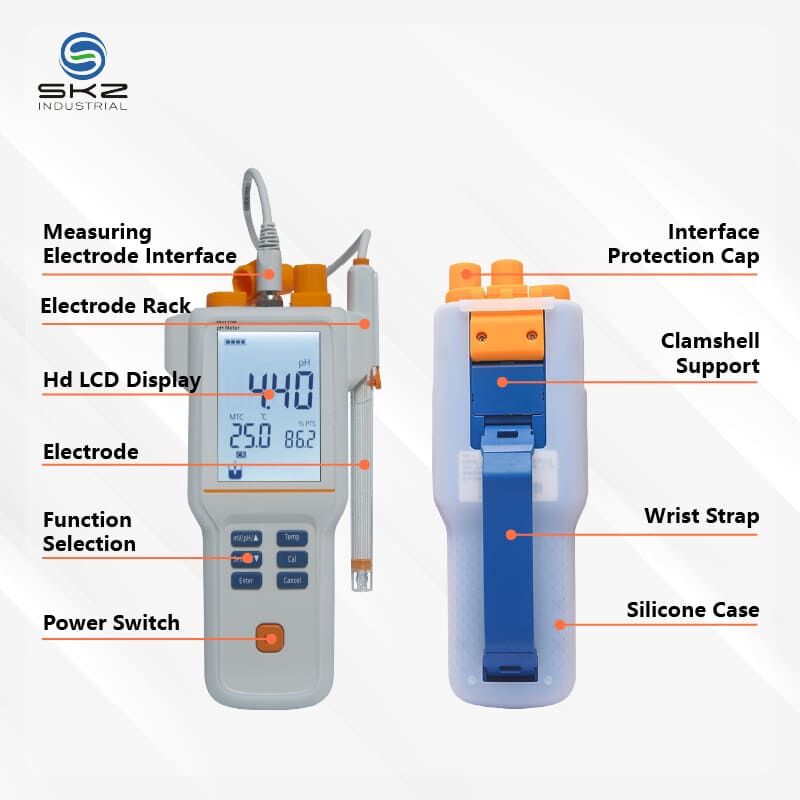
pH testers are widely used in many fields. Here are some of the main application scenarios:
In environmental monitoring, pH testers are used to measure the pH value of rivers, lakes and groundwater to assess water quality and ecological health.
In food processing and beverage production, pH control is critical to the taste, shelf life and safety of products. For example, the production of wine, dairy products and juice.
In the production of drugs, accurate measurement of pH is very important to ensure the effectiveness and safety of drugs.
In laboratories, pH testers are used to monitor and analyze chemical reactions to ensure the suitability of reaction conditions.
In soil testing, pH testers are used to assess the acidity and alkalinity of soil to help farmers choose appropriate crops and fertilization programs.
In sewage treatment and drinking water treatment, pH monitoring and adjustment are important links to ensure that water quality meets standards.
In semiconductor manufacturing, pH control is critical for chemical cleaning and etching processes.
